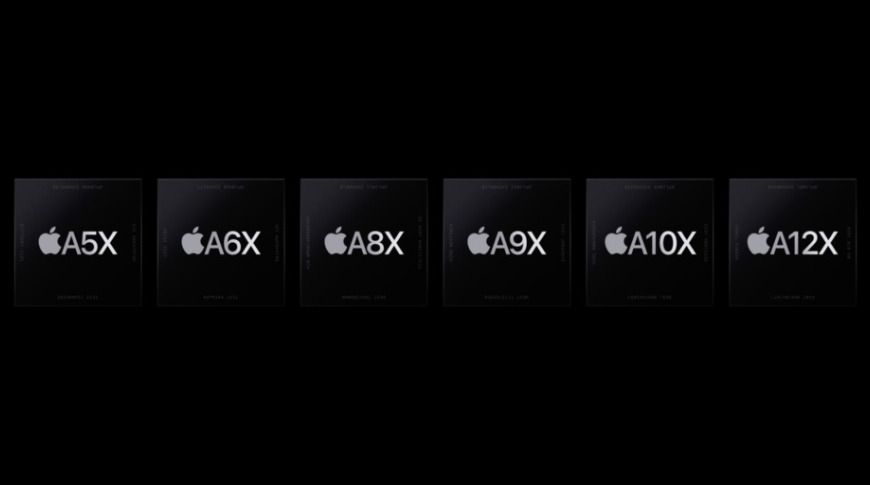
Machine learning dates back as far as the seventeenth century. Today, machines can learn tasks that are not specifically programmed for them. These machines can be trained to work in unfamiliar environments. What is the history and evolution of machine learning technology? Read on to find out. This is an important topic for engineers as well as computer scientists. If you're interested in the history of machine learning, you'll appreciate this article.
Neural networks
Walter Pitts McCulloch and Warren Sturgis McCulloch were the first to invent artificial neural network technology. Their work was crucial in the establishment of neural networks. The two scientists proved that an input can be activated only if it is active by using logic gates. The two scientists were able simplify the functioning the brain and opened the door to machine learning.
Convolutional neural networks
In simple terms, convolutional networks are made of multiple layers artificial neurons. Each neuron in the network acts as a mathematical function, which calculates a weighted average of its inputs. This value is called an activation. Artificial neurons can recognize various visual features if they are given pixel values. CNN uses a first convolutional layers, which is the raw image. Each layer generates activation maps that highlight different aspects of the image.

Boosting
Although the term "boosting" is not new, the phrase was first used to describe machine learning in 1990s. It is an algorithm that helps reduce bias during supervised learning, by transforming weak learners into strong ones. Robert Schapire presented the concept boosting in 1990 in a paper. He explained how to turn weak classifiers in strong classes. Strong learners align well with the real classification while weak learners are only slightly correlated to the true classification.
Turing test
The Turing Test is a key concept in artificial intelligence philosophy. A computer is used as an interrogator. The machine must be capable of producing an inquiry that the human interrogator cannot understand. The Turing Test is passed if the machine can do this. This test can attract projects whose sole purpose is to fool judges.
Deep learning
Deep learning and machine learning can be traced back to 1965, when Valentin Grigoryevich Lepa and Alexey Grigoryevich Ivakhnenko created an algorithm using polynomial activation functionals. It was intended to reproduce the brain's neural networks through data analysis. In the 1960s, however, there was no funding for research into artificial intelligence, and individuals continued to work on the topic.
